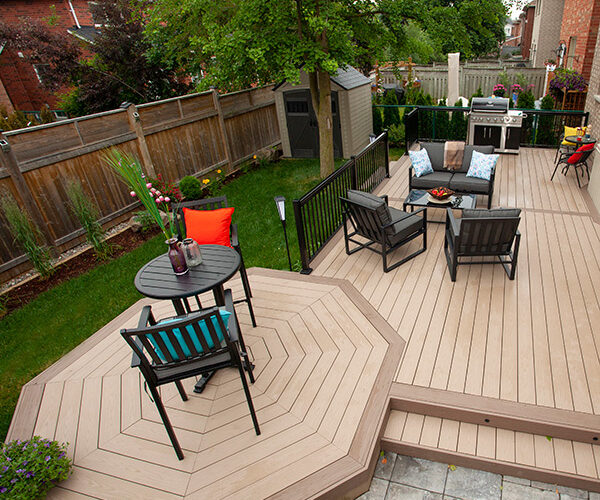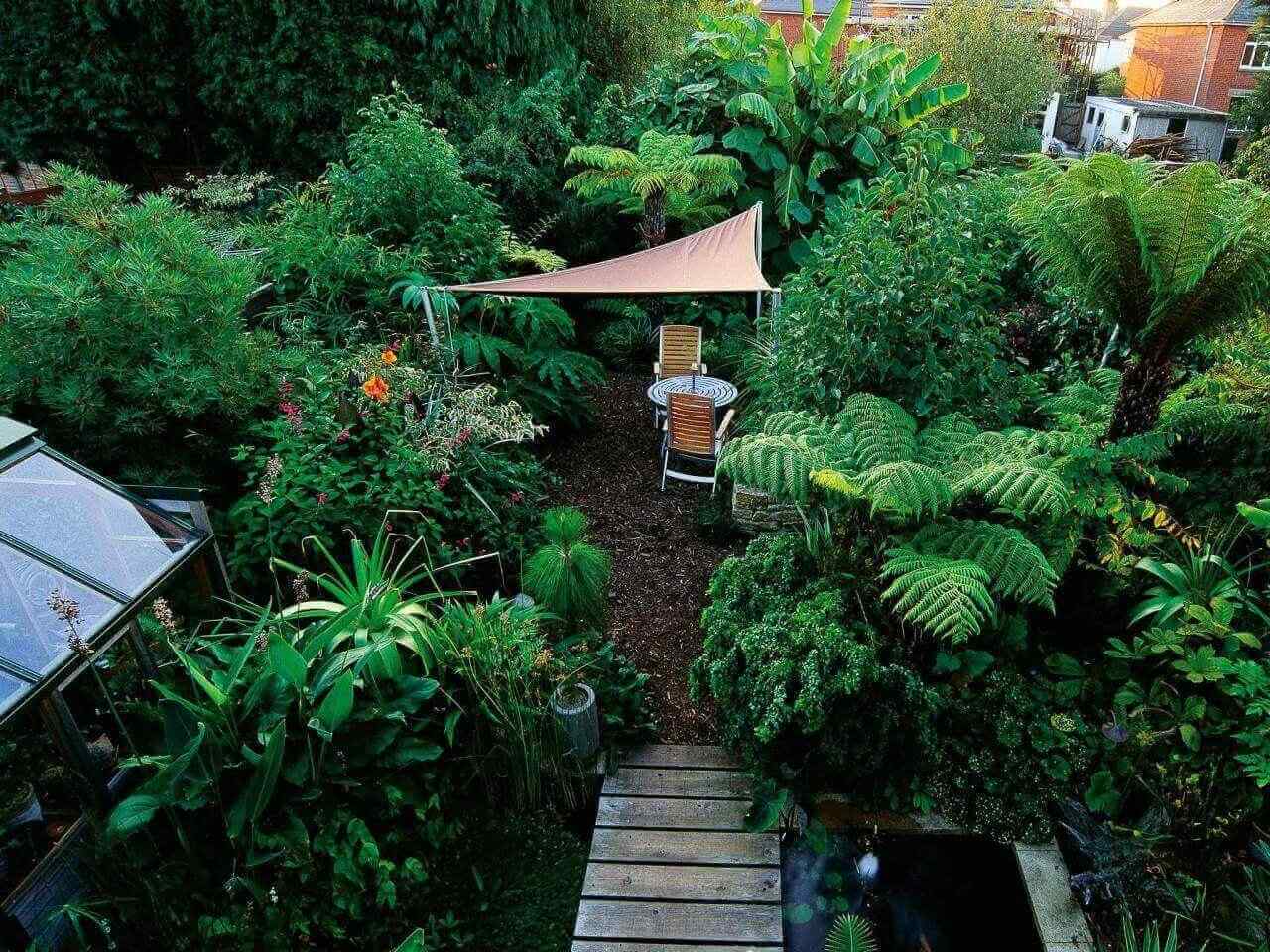When transforming your outdoor space, a decking area is a popular option for homeowners. Decks create an extra space on your property that can be used in a variety of ways, from entertaining guests to relaxing and enjoying the outdoors. While wooden decks have been around for many years, composite decking is becoming increasingly popular due to its numerous benefits over traditional wood materials.
Composite decking offers superior durability with resistance against weathering, splintering, and rotting. It also provides a range of colour and texture options that can match any home’s design aesthetic. In addition, composite decking requires less time and effort when it comes to installation as well as less maintenance than timber wood decking. At the same time, however, traditional timber wood decking boards provide their unique advantages such as classic good looks combined with affordability and easy availability.
Whether you choose composite or traditional timber material will depend largely on your budget and personal preferences regarding appearance along with other factors like long-term maintenance needs and potential environmental impacts related to each type of material choice. Watch these helpful videos from Ecoscape for more information on composite decking boards and other products or continue reading to discover the benefits of composite decking.
A Comparison of Durability
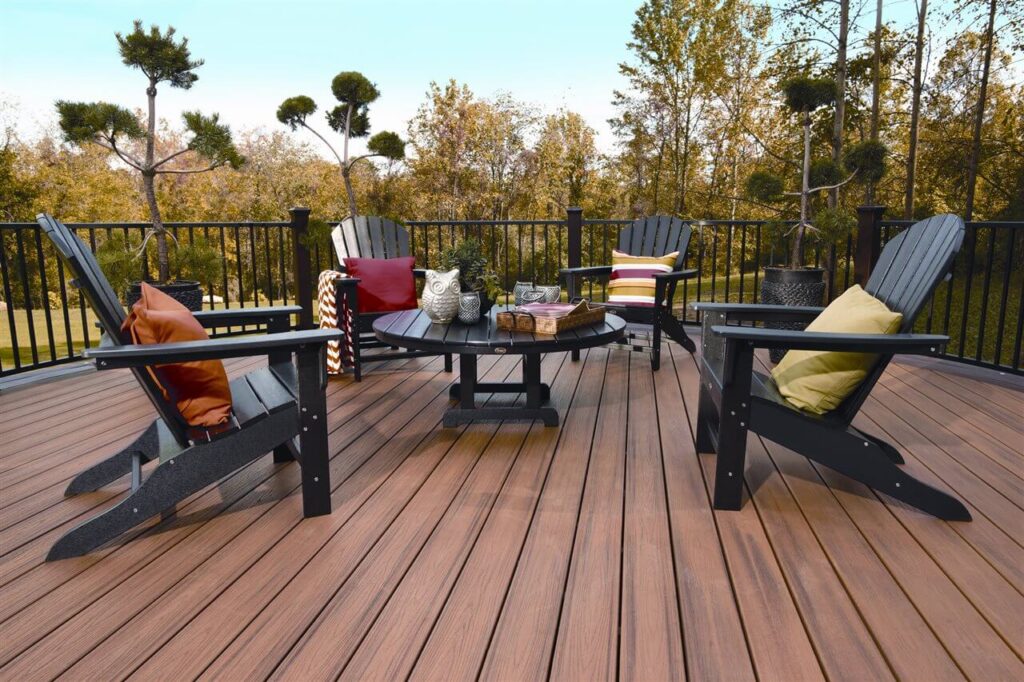
source: pinterest.com
Both composite and traditional timber wood decking boards offer a range of advantages. In terms of durability and lifespan, composite decking can last up to 25 years or more with minimal maintenance required compared to just 10-15 years for wooden decks. Composite decking is also highly resistant to weathering due to its durable material construction which helps protect against fading, cracking and warping over time. Additionally, composite decking does not splinter like wood materials do and is much less susceptible to rotting when exposed to moisture.
However traditional timber wood decking boards are made from natural substances like hardwood and tend not only to be extremely strong but also quite affordable compared with composite decking. Furthermore, people may prefer the classic good look of a wooden deck, however, many composite decking boards also boast the visual appeal associated with real wood grains and textures.
A Comparison of Appearance
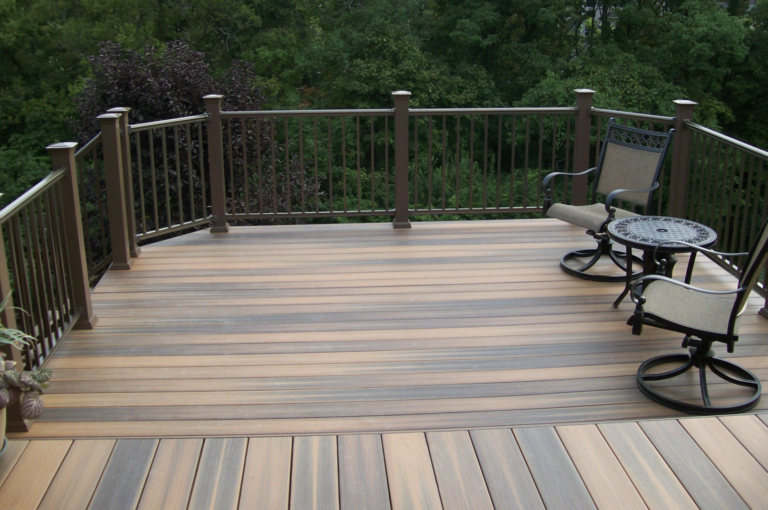
source: pinterest.com
The appearance of decks, composite and traditional timber wood materials offer a range of options for homeowners. Both types of materials come in a variety of colours and textures that can be used to match any home’s design aesthetic. Composite decking generally offers more colour options than traditional timber wood which is limited mainly by the natural tones associated with hardwoods like cedar or redwood. Additionally, composite decking often has more texture and groove options compared to timber wood as they can mimic the look and feel of real wood grains while still providing superior durability and resistance against weathering.
In terms of staining, both composite and wooden decks offer different advantages when it comes to customisation potential. While most types of composite material are not suitable for staining due to their plastic construction, composite decking boards are available in a range of stylish colours to suit your taste, including grey composite decking. On the other hand, wooden decks provide much more flexibility when it comes to staining as you can choose from hundreds of different shades depending on your preferences and overall design scheme.
A Comparison of Price and Installation
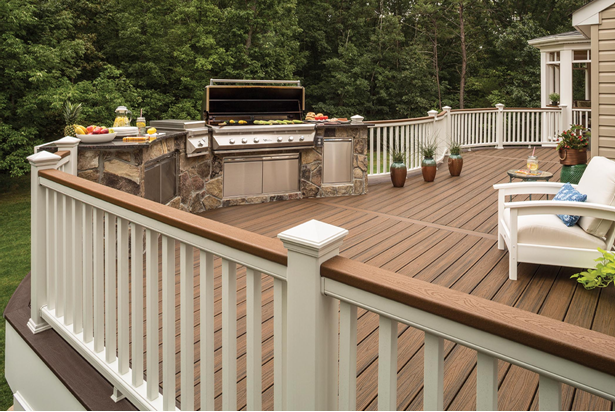
source: pinterest.com
The cost of composite and traditional timber wood decks, there is a range that depends on several factors such as size, materials used and complexity of installation. Generally speaking, however, composite decking tends to have a higher initial cost than timber wood due to its more advanced manufacturing process. The cost of composite decking boards will depend on whether you choose capped or uncapped boards, but you can generally expect to pay between £40 and £100 per square metre. Wood decking boards can cost between £15 and £100, depending on the type of wood, with hardwood sitting at the higher end of the spectrum. Most good timber options are more affordable though.
The time and effort required for installing each type of deck also vary significantly depending on the size and complexity of the project as well as other factors like local labour costs. Composite decking boards can be quickly installed because they come in pre-made boards with connections which make them easier to lay down compared with traditional timber wood options which must be cut into individual pieces according to desired shape or design before being affixed together using screws or nails.
Finally, regarding maintenance costs associated with each type of material option, both offer similar levels although some slight variations exist based on personal preferences. For instance, if you are looking for low maintenance then composite decking may be the best choice since it does not require regular staining or sealing like wooden decking to maintain its appearance over time.
Additional Benefits of Composite Decking
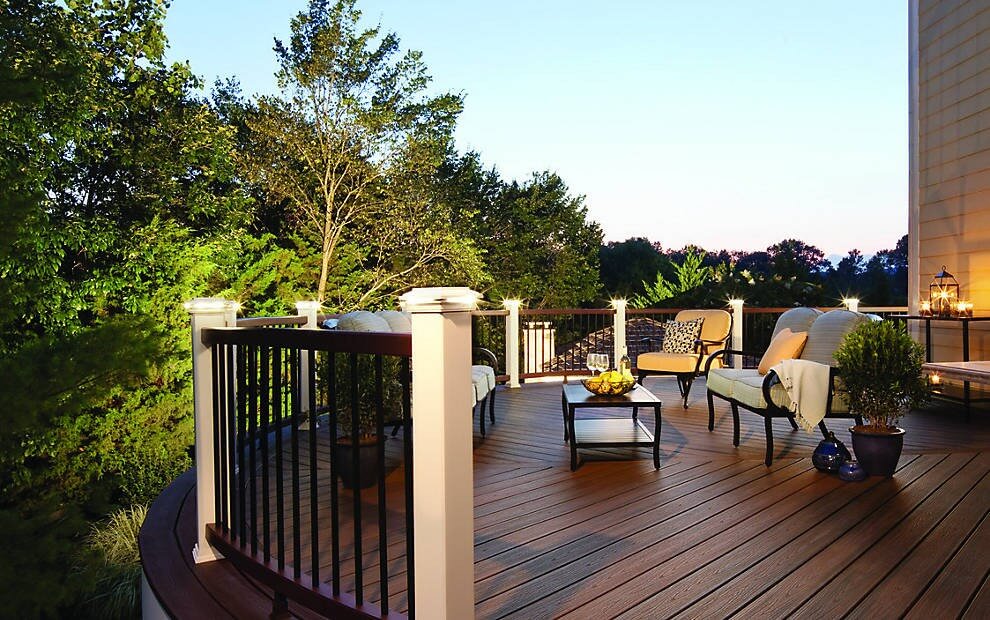
source: pinterest.com
In addition to the superior durability and wide range of customisation options associated with composite decking, many homeowners also choose this type of material due to its environmental benefits. Composite products are often made from recycled plastic and wood fibres, making them a much more sustainable option compared to traditional timber wood boards which requires cutting down trees for its lumber. This reduction in deforestation helps protect natural wildlife habitats while still providing an attractive outdoor living space that is resistant against weathering and other common issues related to wooden decks like splintering or rotting over time.
Another benefit of composite decking is that it is fire-resistant compared with timber wood alternatives which can easily ignite when coming into contact with direct flames or extreme heat sources. This increased safety factor makes it ideal for areas prone to wildfires and those with children or pets playing outdoors since there will be no risk of accidental fires from sparks caused by BBQs etc.
Composite Decking vs Wood Decking
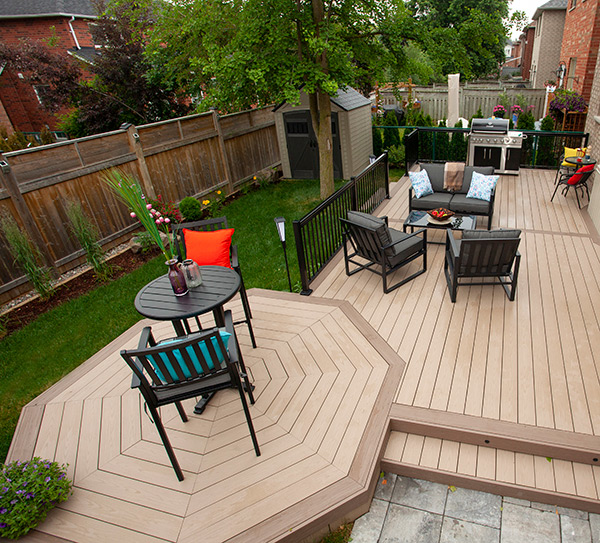
source: pinterest.com
To conclude, composite decking and wood decking offer homeowners a range of advantages depending on personal needs and preferences for outdoor living spaces. For those looking for low-maintenance options with superior durability, then composite decking boards are likely the best choice as they don’t require regular staining or sealing like wooden alternatives to maintain the appearance over time.
Furthermore, many people also choose a composite deck due to the environmental benefits of using sustainable recycled plastic and wood fibres compared to cutting down trees for lumber used in wooden decks. Ultimately choosing between composite decking and traditional timber wood depends on factors like desired lifespan, budget constraints and overall design aesthetic, so consider all of these before making a final decision that works best for your home.

